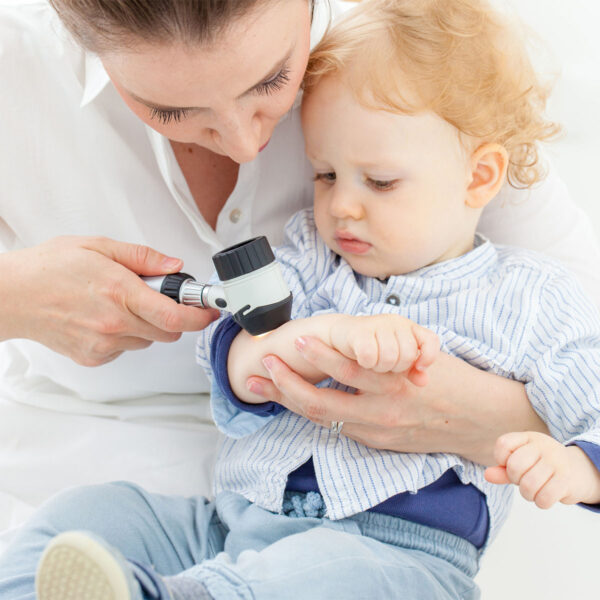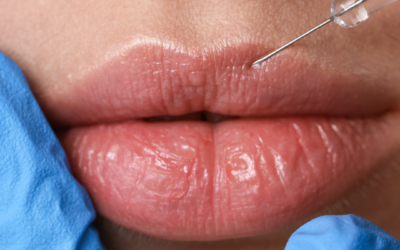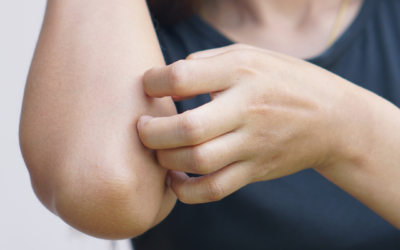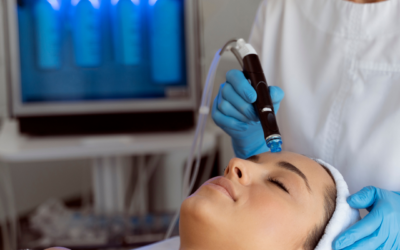
If you are reading this article, chances are you are questioning if your child has eczema, or maybe they were just diagnosed with it, and you want to learn more. Eczema has similarities to many other skin conditions, but we will break down what eczema is, the risk factors, and what to look for.
What is Eczema?
Eczema is a prevalent skin condition, with over 30 million Americans having it. Eczema causes the skin to become red, itchy, and inflamed. It commonly appears as dry or scaly patches and can develop anywhere on the body. It isn’t contagious but develops due to environmental triggers and genetics. While there are many types of eczema, atopic dermatitis and seborrheic dermatitis are children’s most common forms of eczema.
Where on the body does eczema develop in children?
Common sites for infants include the scalp and face – especially the cheeks – the front of the knees, and the back of the elbows. In children, common areas include the neck, wrists, legs, ankles, and the creases of elbows or knees.
Why do some children develop eczema and others do not?
The primary risk factor for eczema is having a personal or family history of eczema, allergies, hay fever, or asthma. If you or a family member has eczema, others may develop it, too, as the condition seems to have a genetic component. Research has shown that in identical twins, 77 percent will both have eczema, but it affects both fraternal twins only 15 percent of the time.
Eczema Symptoms in Children by Age
Infants (first 6 months)
Eczema usually appears on the face, cheeks, chin, forehead, and scalp. The skin at this stage also tends to look more red and “weepy.” Infants can also develop seborrheic dermatitis after birth, also known as cradle cap.
Babies (6-12 months)
At this stage, eczema often appears on your baby’s elbows and knees — places that rub easily when crawling.
Toddlers (2-5 years)
Atopic dermatitis frequently affects the face in children. It can appear as red patches with small bumps. Around the age of two, your toddler’s eczema is more likely to appear in the creases of the elbows and knees or on their wrists, ankles, and hands. It may also appear on the skin around your toddler’s mouth and eyelids.
Children (5 years+)
Eczema usually appears in the folds of the elbows and knees. Sometimes, it’s only on a child’s hands. Redness and itchy patches behind your child’s ears, feet, or scalp may also be a sign of atopic dermatitis.
Common Eczema Triggers in Children
- Dry skin
- Irritants
- Heat and sweating
- Infection
- Allergens such as pet dander, pollen, or dust
- Weather – winter often can make your child’s eczema worse
- Saliva – drooling can also irritate your baby’s cheeks, chin, and neck.
Treating Eczema
While living with eczema can be an ongoing challenge, the condition is manageable. Depending on the age and severity, treatment options may include topical prescription medications, phototherapy, and biologics.
Managing Your Child’s Eczema
If your child is affected by eczema, it is best to:
- Know the triggers to avoid exposure.
- Be consistent with their treatment plans
- Develop a daily moisturizing regimen to help soothe dry skin
Eczema, especially atopic dermatitis, may look and act very differently as your child ages. It’s important to understand which type of eczema they may have and their symptoms and triggers so that you can better treat and manage it as they grow and change. The only way to be sure what type of eczema your child has is to make an appointment with your local board-certified dermatologist.





